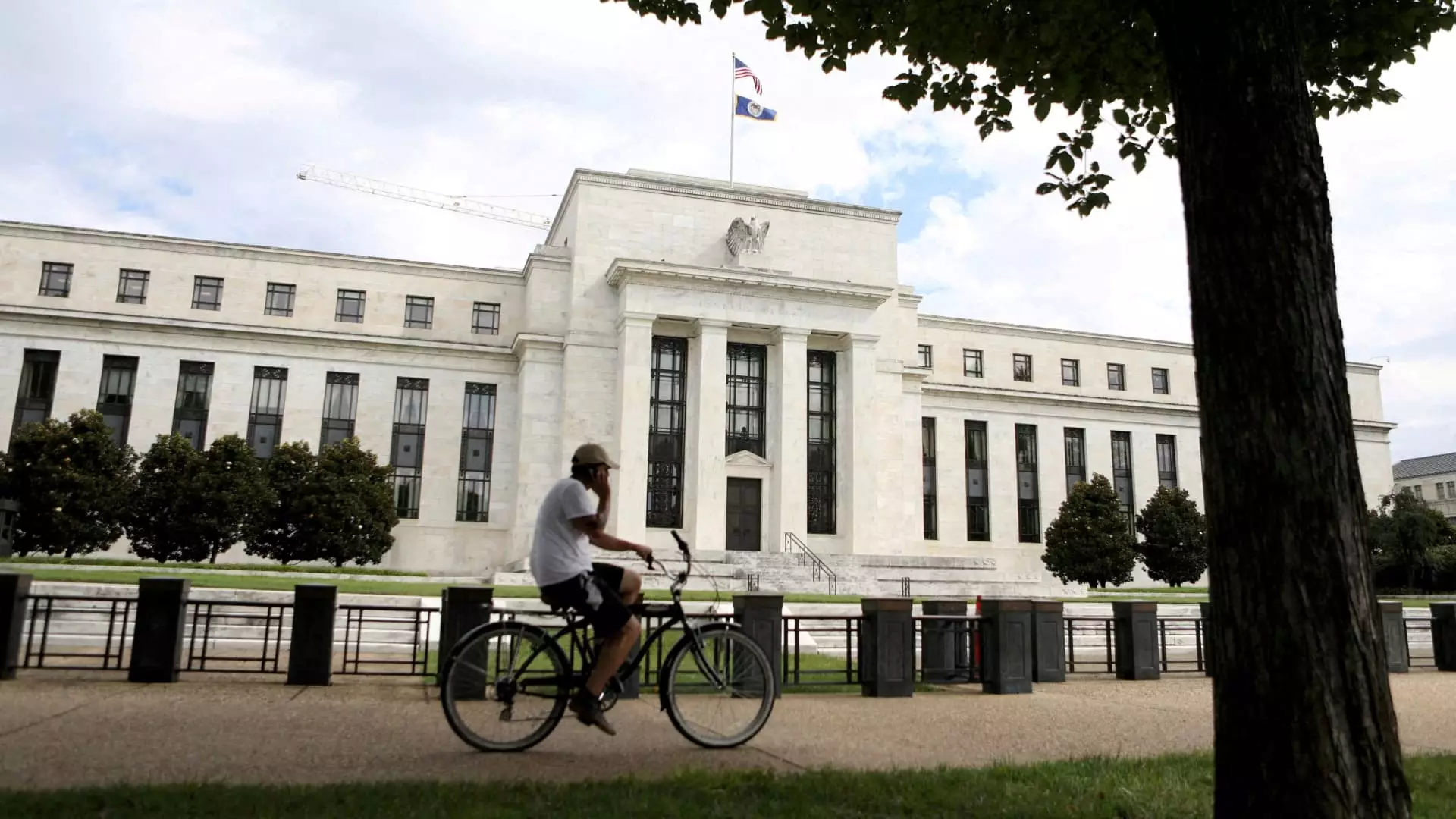In a recent interview, portfolio manager Paul Gambles expressed his concern about the current state of U.S. monetary policy. He argued that the Federal Reserve needs to cut interest rates at least five times in the coming year to prevent the economy from sliding into a recession. According to Gambles, the Fed is lagging behind in its rate-cutting efforts and risks causing extensive damage to the economy if it does not act quickly.
A Disconnect from Economic Reality
Gambles believes that Fed policy has become increasingly disconnected from economic factors and reality. He warns that the central bank’s lack of awareness about the damage it is causing to the economy is alarming. Gambles emphasizes that making assumptions about the Fed’s wake-up call and its intervention timeline is futile. He calls for a greater awareness of the economic consequences and urges the Fed to react promptly.
While the current U.S. policy rate is at its highest in over two decades, traders are already pricing in a potential 25-basis-point cut in interest rates as early as March 2024. However, Federal Reserve Chairman Jerome Powell downplayed market expectations in his recent remarks. Powell highlighted that it is premature to declare victory over inflation and speculate on when policy might ease. Despite easing price pressures, Powell maintains a cautious approach and aims to keep policy restrictive until inflation reaches the central bank’s target of 2%.
Powell’s comments, although cautious in nature, were perceived by the financial markets as dovish. As a result, Wall Street’s main indexes reached new highs, and Treasury yields experienced a sharp decline. The market now believes that the U.S. central bank has finished its rate-hiking cycle and is unlikely to raise rates further.
Gambles’ concerns about inflation are echoed by veteran investor David Roche. Roche predicts that unless there are significant external shocks to U.S. inflation, particularly in the energy or food sectors, the Fed is likely to keep rates unchanged or even cut them. He believes that the likelihood of pushing inflation down to the central bank’s target of 2% is slim. Roche suggests that inflation has become embedded in the economy and expects a higher sustained rate of inflation, around 3%.
The final meeting of the year is approaching, and the market eagerly awaits the Fed’s interest-rate decision on December 13th. While expectations are divided, most market participants anticipate the central bank to maintain the current interest rates. The Fed’s decision will have important implications for the economy and financial markets in the coming months.
The Federal Reserve faces mounting pressure to cut interest rates amid concerns of a potential recession. Portfolio manager Paul Gambles and investor David Roche both argue that the Fed needs to act decisively to prevent further economic damage. While market expectations and recent comments from Chairman Powell indicate a cautious approach, the market seems to interpret the Fed’s stance as dovish. The fate of interest rates and the economy will be determined at the Fed’s year-end meeting, with significant implications for various sectors in the U.S. and global markets.

Leave a Reply